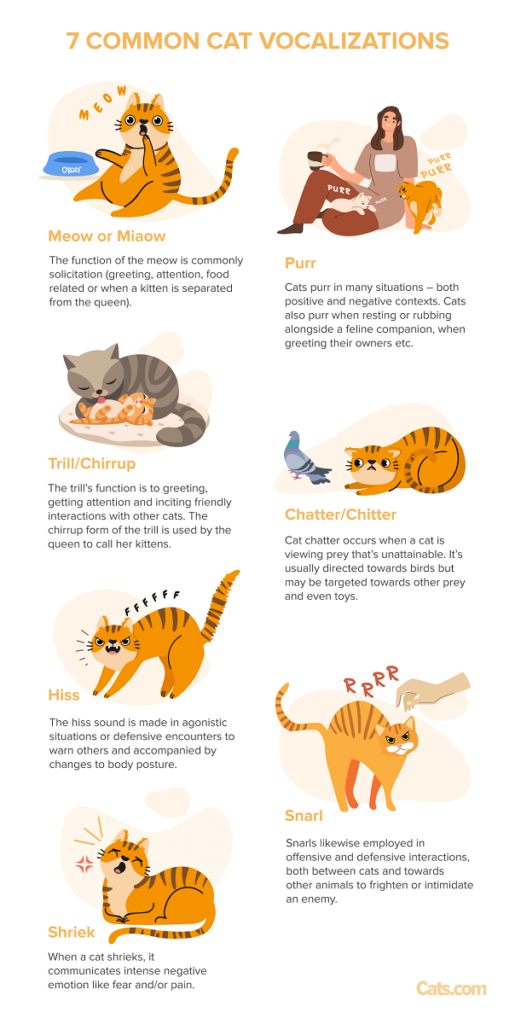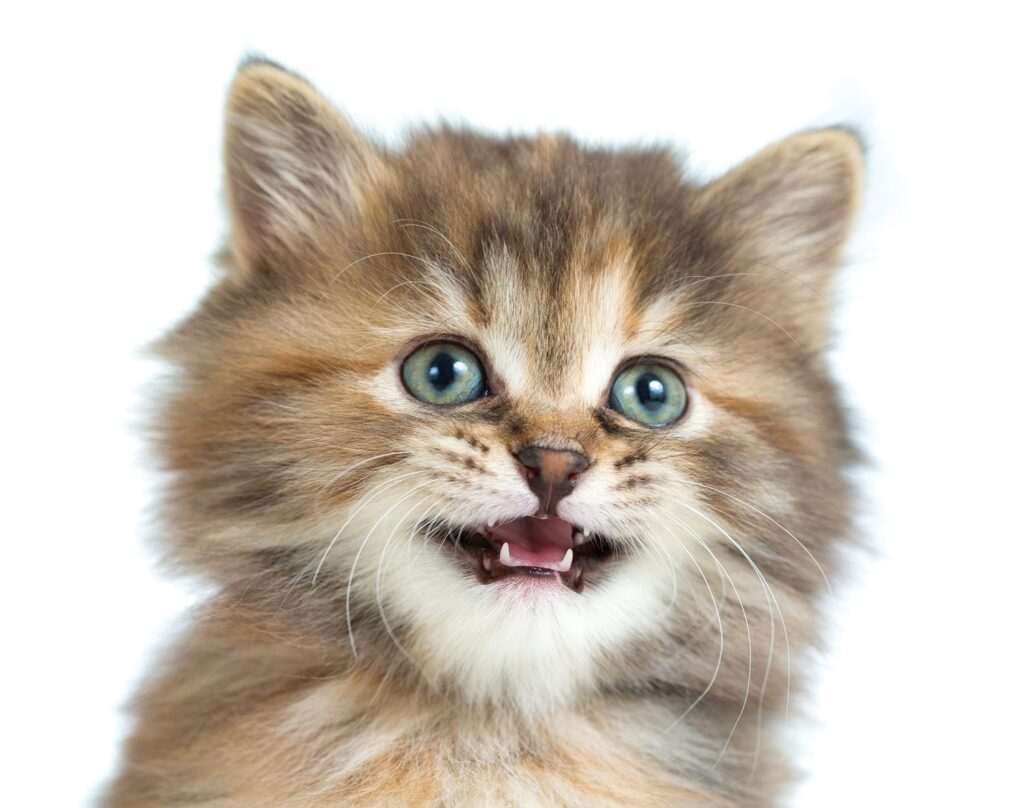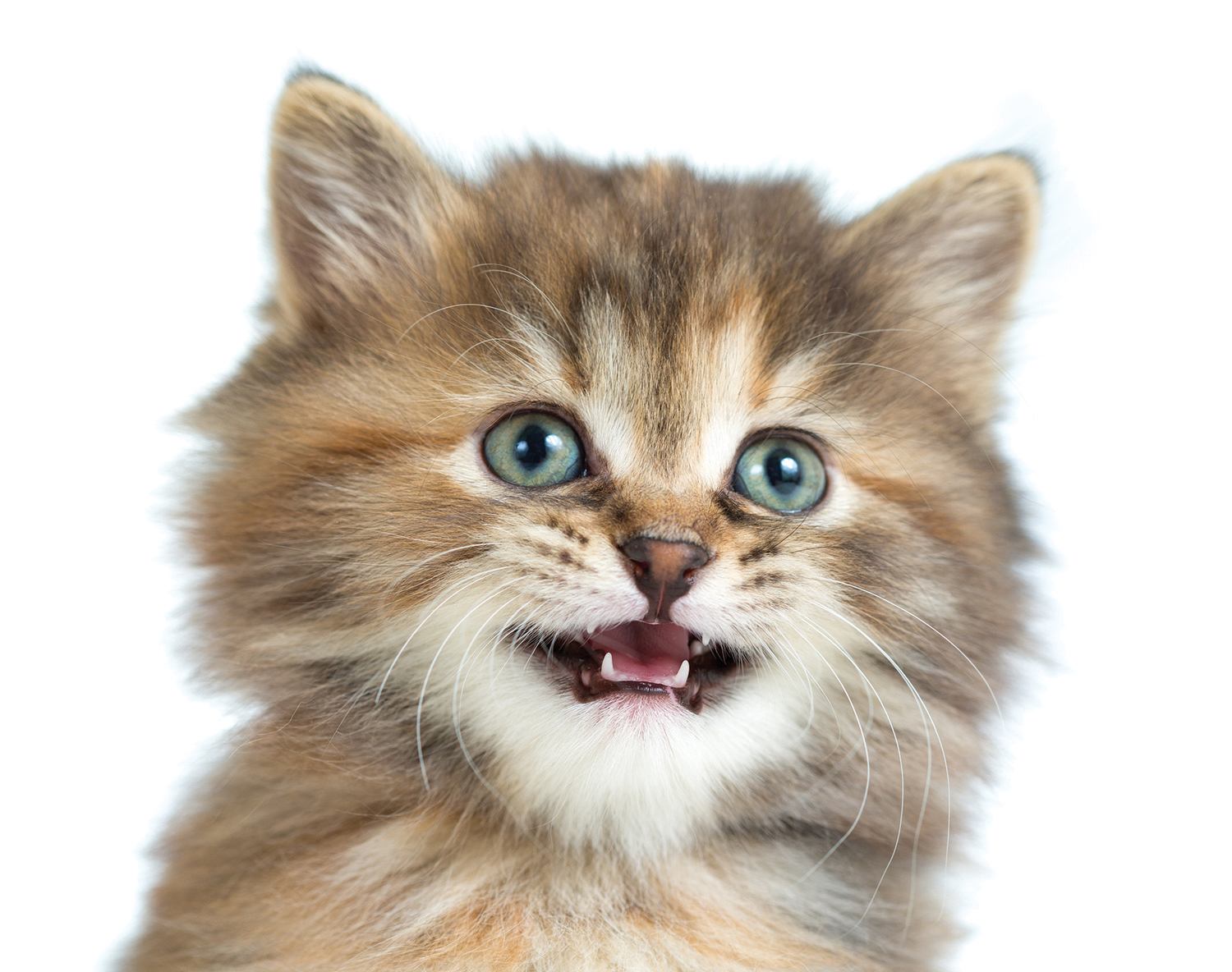Are you a proud owner of a Persian cat who often wonders about their mysterious vocalizations? Look no further! Our product, “Persian Cat Vocalizations: What Do They Mean?”, is here to unravel the meaning behind those adorable meows and purrs. Whether you’re new to the world of Persian cats or have been a long-time enthusiast, this comprehensive guide will provide you with valuable insights into the language of your feline companion. From the subtle chirps to the melodious trills, gain a deeper understanding of what your Persian cat’s vocalizations truly signify. Join us on this journey as we decode the secret language of these majestic and captivating creatures.

Persian Cat Vocalizations: What Do They Mean?
As a Persian cat owner, you may have found yourself wondering about the meaning behind your furry friend’s vocalizations. Persian cats are known for their unique and distinct vocalizations, and understanding what they mean can help strengthen your bond with your feline companion.
Understanding Persian Cat Vocalizations
Cats, in general, are known to be quite vocal creatures, and Persian cats are no exception. Vocalizations play a crucial role in feline communication, allowing them to express their needs, emotions, and intentions. By understanding and interpreting these vocalizations, you can better respond to your cat’s needs and provide them with the care they require.
Common Vocalizations and Their Meanings
-
Meowing: Meowing is perhaps one of the most common vocalizations that Persian cats make. It can convey different meanings depending on the context:
- Attention-Seeking: Your cat may meow to get your attention or to let you know that they want something.
- Hunger or Thirst: Cats often meow when they are hungry or thirsty, signaling that it’s time for you to fill up their food or water bowls.
- Greeting: A friendly meow accompanied by rubbing against your legs can be your cat’s way of saying hello and showing affection.
- Seeking Assistance: If your cat is in need of help, such as being stuck in a room or wanting to be let outside, they may meow to get your attention.
- Distress or Discomfort: In some cases, meowing can indicate that your cat is in pain, feeling anxious, or experiencing some form of distress. It’s essential to pay attention to any changes in their behavior or accompanying signs of illness.
-
Purring: Purring is often associated with contentment and relaxation in cats. When your Persian cat purrs, it typically means they are feeling comfortable, happy, and secure. It can also be a form of self-soothing or a mechanism for stress or pain relief. Pay attention to the context in which your cat purrs and observe their body language for a better understanding of their emotional state.
-
Hissing: If your Persian cat hisses, it is generally a warning or defensive response. Hissing is a cat’s way of saying, “Back off, I’m feeling threatened or scared.” It is crucial to respect your cat’s boundaries and not push them beyond their comfort zone when they are hissing.
-
Chattering: Chattering is a fascinating vocalization that Persian cats sometimes make when they are focussed on prey, typically birds or squirrels that they see outside through a window. This behavior can be both entertaining and instinctual for your cat. It signifies their natural prey drive and excitement over potential hunting opportunities.
-
Growling: Growling is a more aggressive vocalization that Persian cats may use to assert dominance or express fear and anger. It’s crucial to be cautious when your cat starts growling, as it can escalate into more aggressive behavior. Identifying the source of their distress and providing a calm and secure environment is essential in such situations.
-
Yowling: Yowling is a loud and elongated vocalization often associated with attention-seeking or mating and sexual behavior. If your Persian cat is yowling, it could be a sign that they want your attention or are looking for a mate. In some cases, yowling can also indicate anxiety or stress, particularly if your cat feels lonely or is experiencing a change in their environment.
-
Trilling: Trilling is a delightful vocalization that Persian cats use when they are excited, happy, or trying to get your attention. It is often accompanied by a vibrating or rolling sound and can indicate that your cat is in a playful mood or eager to engage with you.
-
Chirping: Similar to chattering, chirping is a sound Persian cats make when they are excited or captivated by something, typically when watching birds. It is their way of expressing their hunting instincts and can be a fascinating behavior to witness.
-
Screaming: Screaming is an intense vocalization that Persian cats may make when they are in extreme fear or pain. It is often accompanied by other signs of distress, such as hissing, growling, or aggressive behavior. If your cat screams, it is crucial to seek immediate veterinary attention as it may signify a medical emergency or severe trauma.
-
Crying or Wailing: Cats can also cry or wail, particularly when they are in distress, experiencing separation anxiety, or mourning a loss. This vocalization can be quite heartbreaking and may require extra attention and comforting from you as their owner.
Body Language and Context
While understanding Persian cat vocalizations is important, it is equally essential to pay attention to your cat’s body language and the context in which the vocalizations occur. Cats communicate not only through sound but also through their physical cues. By observing your Persian cat’s body language, you can gain a more comprehensive understanding of their emotions and needs.
-
Tail Position and Movement: The position and movement of your cat’s tail can speak volumes about how they are feeling:
- Straight and Elevated: A straight and elevated tail typically signifies a confident and happy cat.
- Fluffed or Puffed: If your cat’s tail is fluffed or puffed up, it can indicate fear, aggression, or feeling threatened.
- Tucked or Between the Legs: A tucked or lowered tail can indicate anxiety, fear, or submission.
-
Ears and Whiskers: The positioning of your Persian cat’s ears and whiskers can provide valuable insights into their emotional state:
- Forward and Relaxed: Ears and whiskers in a forward and relaxed position usually indicate contentment and relaxation.
- Flattened or Pulled Back: Flattened or pulled back ears and whiskers can signify fear, aggression, or unease.
-
Eye Contact and Pupil Size: The eyes can be quite expressive in cats, and paying attention to their eye contact and pupil size can be helpful:
- Relaxed or Slow Blinking: A relaxed expression and slow blinking often mean that your cat is at ease and comfortable.
- Dilated or Prolonged Staring: Dilated pupils or prolonged staring can indicate arousal, fear, or aggression.
-
Posture and Body Tension: The way your Persian cat holds their body can indicate their emotional state:
- Upright and Relaxed: An upright and relaxed posture suggests that your cat is comfortable, confident, and content.
- Crouched or Arched Back: A crouched or arched back, accompanied by tense muscles, can signify fear, anxiety, or aggression.
- Tensed Muscles and Flattened Body: A cat with tensed muscles and a flattened body is likely feeling defensive or prepared for a fight.
-
Vocalizations and Other Sounds: Observing your Persian cat’s vocalizations in conjunction with their body language can provide a more accurate interpretation:
- Combined Signals: For example, growling accompanied by a puffed-up tail and flattened ears can indicate aggression or fear.
- Contextual Interpretation: Consider the situation or environment in which your cat is vocalizing. For instance, if they are meowing near their food bowl, it could indicate hunger or anticipation.
Conclusion
Understanding your Persian cat’s vocalizations is instrumental in building a stronger bond and providing them with the care they need. By familiarizing yourself with the meanings behind their vocalizations and paying attention to their body language, you can better respond to their needs and emotions.
Remember that every Persian cat is unique, and their vocalizations may vary slightly in meaning and context. It’s essential to spend time getting to know your individual cat and their specific vocalization patterns. If you have any concerns about your Persian cat’s vocalizations or behavior, don’t hesitate to seek advice from a professional veterinarian or animal behaviorist. With patience, love, and understanding, you can create a harmonious and enriching environment for your Persian cat, appreciating the beauty and uniqueness of their vocalizations.

